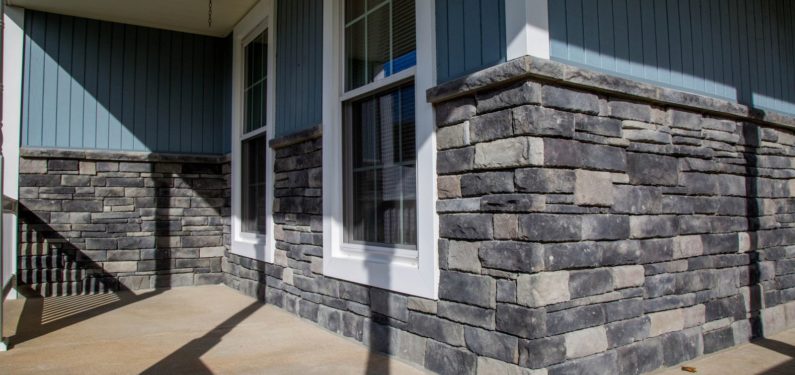
How to Clean Window Screens
Posted on May 23, 2019Cleaning windows is a job that is on most people’s radar, regardless of how much they may dread the task. Clean windows brighten a home and increase the visibility and quality of the view the windows can provide. However, regardless of how spotless and free of fingerprints your freshly cleaned windows are, all that hard work can be for naught if your screens are still filthy. Window screens are designed to keep insects out of your home while your windows are open and provide fresh air to your living space. But, by virtue of their design, they will, over time, collect dirt and dust that periodically needs to be removed. There are multiple methods to cleaning your window screens. The most common method is to remove your window screens and clean them. Here’s how to clean window screens and restore them to their former glory:
1. Carefully Remove the Screens
Before you remove any screens, start by laying down a tarp or finding an area free of any dirt and debris. You should select an area that can get wet. Generally, a driveway or a patio is a good candidate as long as the weather cooperates. Once you have a place picked out and prepared, carefully remove the screens and lay them out on the prepped area.
2. Gently Rinse
Use low water pressure from your garden hose to rinse the screens of loose dirt, dust, or debris. You may be tempted to use a power washer, but it’s a good idea to avoid using it. At the same time, if your garden hose has a nozzle on it, make sure it isn’t turned to a concentrated stream or jet setting. High water pressure can cause damage to your window screens and make them ineffective once they are reinstalled.
3. Scrub Gently with a Cleaning Solution
Using a rag or an extra-soft brush, lightly scrub the screens with a cleaning solution. Simple dish soap works well as does a mild white vinegar solution. It does not take vigorous scrubbing to dislodge most of the dirt and debris on a screen.
However, screens that are on the ground level of a home or screens that are on basement windows may hold more dirt as lawn clippings and mud splashes from heavy rains can become lodged into them. In these instances, several gentle applications of the cleaning solution may be necessary.
4. Rinse the Screens Again
After you have scrubbed the screens with the cleaning solution, use the hose to rinse the soap and loose dirt off the screen. Make sure that water is draining away from your work area so you don’t cause dirt to splash back onto your freshly cleaned window screens. If your window screens had excessive dirt on them, it may be necessary to remove them from your work area after scrubbing them so that you can hose down the area, and then gently rinse the screens again.
5. Spot Clean if Needed
After your final rinse, it will be easy to tell if certain areas of your screens need to be spot cleaned. A clean, damp rag works well for this step. Gently rub the area requiring extra attention until the dirt is dislodged and then rinse again.
6. Shake Off, Towel Dry, and Prop up to Dry Completely
Carefully shake the excess water off the screen and its frame and use a lint-free towel to dab the screen dry. Avoid rubbing the screen with the towel as much as possible, as this can leave fabric fibers in the screen grid. Once they have been towel dried, prop the screens up in a clean, dry place so that they can air dry completely before re-installation.
Cleaning screens is more time-consuming than it is difficult, but it is precisely the kind of task that will leave you saying, “Why didn’t I do that before?” once it is complete. Clean windows and screens will absolutely help to revitalize your home and all it takes is a little time and elbow grease! And, knowing how to clean window screens certainly helps make the process easier!
Cleaning your screens can help keep your windows looking great, but clean screens won’t help old, damaged, or outdated windows. If you have questions about replacement windows, contact us at 717-399-4708 or stop by our showroom to see some window options!
